Reviewed by: Y. Garcia
When the M1 chip debuted in late 2020, it wasn't just another processor upgrade, it was Apple throwing down the gauntlet to the entire computing industry.
That sleek little piece of silicon did more than change how Macs performed; it rewrote the rules for what we expected from our computers. Now, five years on with the M5 making its debut, it feels right to step back and see how much this ride has reshaped personal computing.
Looking at this evolution from M1 to M5, we are witnessing something rare and obvious at the same time. The first five years of Apple silicon are now the five best years in the Mac's history. This is not just marketing hyperbole. The numbers back it up. Through consistent architectural improvements and strategic performance gains, the just-released base-model M5 processor is roughly twice as fast across the board as the first M1.
Each generation has brought meaningful advances that push the boundaries of what is possible in personal computing. While Apple's CPU cores just get 10% to 30% faster every generation, the cumulative effect has been transformative, proving that when you control both hardware and software, you can create something greater than the sum of its parts.
What made the M1 such a game-changer?
The original M1 did not just arrive, it kicked down the door and announced that Apple was playing by different rules. Built on a cutting-edge 5-nanometer process with 16 billion transistors, this was not simply Apple's first desktop-class silicon; it was a reimagining of how processors could work when efficiency and performance were not at odds.
What really flipped the script was Unified Memory Architecture. Instead of traditional approaches where different components had their own memory pools, the CPU, GPU, and Neural Engine could access the same memory pool, reducing data transfer bottlenecks. Shared memory, fewer bottlenecks, faster results. Simple idea, big payoff.
Then the benchmarks landed. Not theory, receipts. The new MacBook Air outperformed the 16-inch MacBook Pro in both single and multi-core scores. And a $2,000 M1 MacBook Pro could outpace a year-old $6,000 Mac. Remember that? It felt like someone flipped a switch and the whole industry blinked.
The magic was the mix, desktop-class performance paired with mobile-class power draw. Fanless MacBook Air models outran many Intel-based MacBook Pros and stretched battery life by hours. Not minutes. It showed just how much conventional processors had been holding us back.
How did Apple build on the M1's foundation?
The M1 Pro and M1 Max proved the M1 was not a fluke, it was a platform. The M1 Pro and M1 Max chips were shipped in October 2021, scaling the approach for pro workflows while keeping those miserliness-with-power vibes intact.
With the M1 Pro, Apple expanded memory bandwidth and added more CPU and GPU cores, now handling up to 32GB of unified memory. Pro video edits, multi-simulator iOS builds, heavy development work, all doable on what was technically a laptop chip, yet it behaved like a workstation.
The M1 Max pushed even harder, offering up to 64GB of unified memory and GPU performance that could rival dedicated graphics cards. The impressive part was not just raw speed, it was the consistency. You could cut 8K footage all day and still have battery left. Laptops that let you leave the charger in the bag, that was the vibe.
The M1 Ultra was introduced in March 2022, essentially welding two M1 Max chips together for true workstation performance. The roadmap felt confident, one architecture scaled across the lineup without giving up its core strengths.
What innovations did the M2 generation bring?
The M2 family showed Apple could iterate without losing the plot. The M2 chip featured 20 billion transistors, a 25% increase over the M1, resulting in better efficiency and speed.
An enhanced 5-nanometer process packed in more transistors and improved throughput. It was not just bigger numbers. The architecture was tuned for more complex workloads, while keeping that smooth, everything-just-works feel.
The M2 offered an 18% faster CPU and a 35% more powerful GPU with up to 10 cores (compared to the M1's 8). Those bumps showed up in daily use, not just in a graph.
The trend line was clear. Single-core testing shows the M2 is between 11% and 16% better than the M1, and multi-core gains were stronger. Workflows that made the M1 breathe hard became routine on M2, from complex 3D scenes to 8K edits and heavy builds.
Where do the M3 and M4 chips push boundaries?
The M3 generation marked another jump, Apple's transition to a 3-nanometer process. Not just a shrink, a door to new capabilities and higher sustained performance.
The M3 chips feature a new technology called Dynamic Caching, which allocates local memory in real time, making GPU work more efficient and responsive. For the first time, Macs could credibly handle console-level gaming features with hardware-accelerated ray tracing and mesh shading without breaking a sweat.
The gains were real. The M3 is between 20% and 29% better than the M1 in single-core results. Graphics work that used to demand dedicated gaming rigs suddenly fit in a MacBook.
The M4 series was introduced in May 2024, using a 3-nanometer process and featuring a nine or ten-core CPU. And the single-core jump was a jaw-dropper, the M4 is between 63% and 68% better than the M1.
The M4 generation added stronger AI capabilities and smarter power management, which let devices get thinner and lighter while running longer. You could feel the setup for what came next, an M5 built around AI from the ground up.
What makes the M5 era truly revolutionary?
Now we reach the M5, the moment five years of gains snap into focus. Apple officially unveiled the M5 chip on October 15, 2025, and early results point to a world where mobile and desktop performance blur.
What sets the M5 apart is its AI-first design philosophy. Built using third-generation 3-nanometer technology, M5 introduces a next-generation 10-core GPU architecture with a Neural Accelerator in each core, enabling GPU-based AI workloads to run dramatically faster, with over 4x the peak GPU compute performance compared to M4.
The raw numbers impress across the board. Testing on MacBook Pro M5 units reveals approximately 4,260 points in single-core Geekbench 6, and approximately 17,800 points in multi-core Geekbench 6, while delivering up to 15% faster multithreaded CPU performance compared to the M4.
The GPU story is the showstopper. The M5 delivers up to 30% faster overall graphics performance compared to the M4 and up to 45% faster ray tracing performance. The M5 delivers 153GB/s memory bandwidth, a nearly 30% increase over M4's 120GB/s, which feeds those gains with room to spare.
Real-world performance gains that matter
The improvements show up in the work, not just in benchmarks. Testing reveals the M5 delivers 1.2x faster Xcode build times than M4, and pro apps see big lifts with 45% faster graphics rendering in professional applications.
AI workflows are where it clicks. Apple published real-world workload results showing 3.6× faster time to first token for LLMs, 1.8× faster Topaz Video Enhance AI processing, and 2.9× faster AI speech enhancement in Premiere Pro. That is not just a better score, it changes what you can do on the machine in front of you.
Put it together and the picture gets wild. The Single-Core results for the M5 base model are better than any Apple Silicon chip to date, and the Multi-Core scores of the M5 base model are similar to the M1 Ultra and M3 Max chips. A base M5 keeping pace with Apple’s former monsters, that lands with a thud.
Looking ahead: what five years of innovation means
The run from M1 to M5 says something clear about the future of computing. Apple did not just make faster processors, it changed what we expect our devices to pull off. The performance jumps are big, and the design shifts are bigger.
Unified Memory Architecture went from novel to north star, enabling things old-school designs struggle to match. Each generation layered on process improvements and architectural tweaks, then added on-device AI acceleration that feels native.
The M5 debuts first in the 14-inch MacBook Pro, iPad Pro, and Apple Vision Pro, with broader Mac ecosystem integration planned through mid-2026. The M5 Pro and M5 Max variants are expected in spring 2026, employing separated die architectures for CPU and GPU, a move aimed squarely at even bigger gains.
Five years later, it's clear that the arrival of Apple silicon has utterly changed the trajectory of the Mac. We moved from a world where laptop performance meant compromise to one where a fanless laptop can outrun desktop workstations, where AI models run on-device at real speed, and where all-day battery life is the baseline, not the dream.
Most of all, Apple Silicon shows that the future is not just about raw speed. It is about design that balances performance, efficiency, and capability, creating room for new ideas. Editing 4K video on a plane, running complex AI models without the cloud, playing serious games on a laptop, these are not party tricks anymore.
Looking down the road to M5 variants and then M6, the first five years laid a foundation that keeps raising the ceiling. The M1 started a revolution. The M5 makes it feel unstoppable.







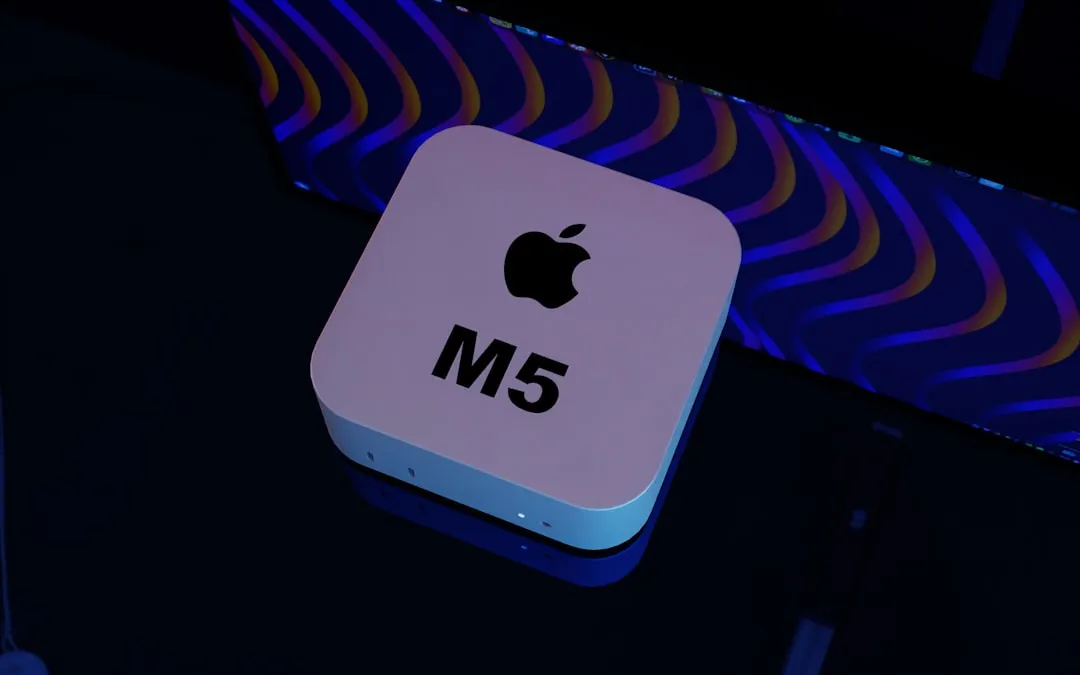

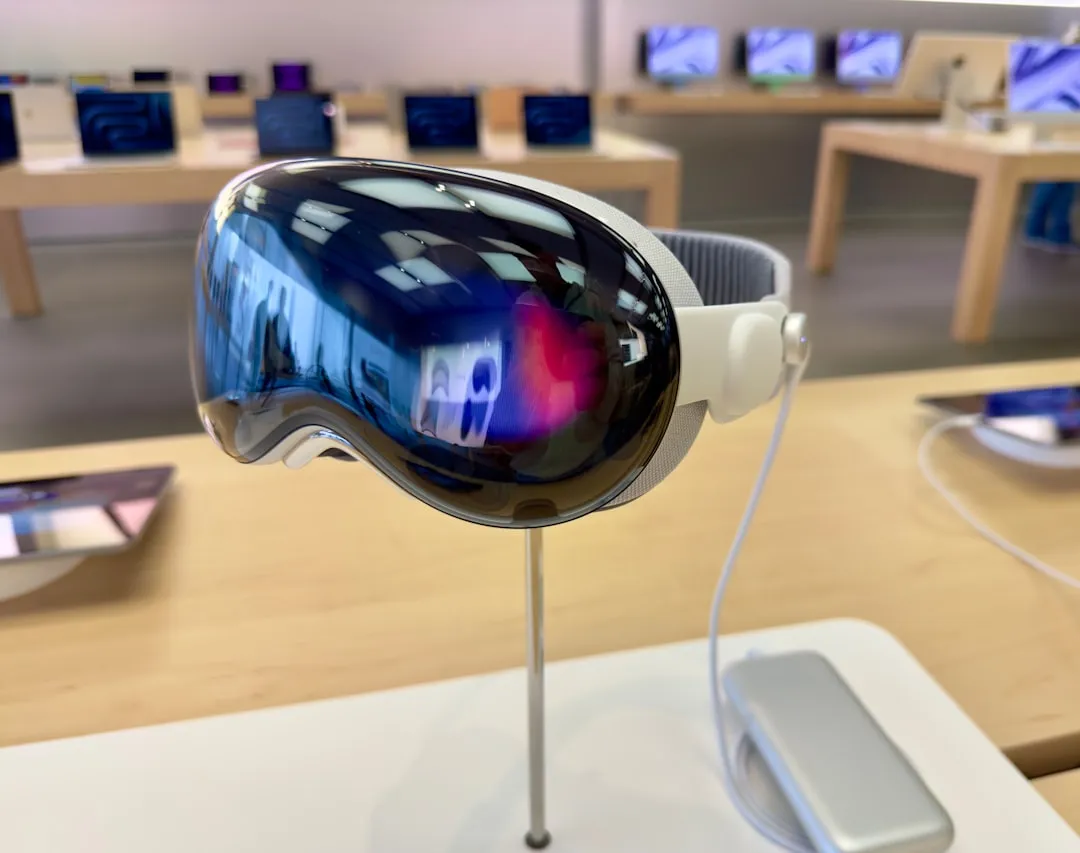



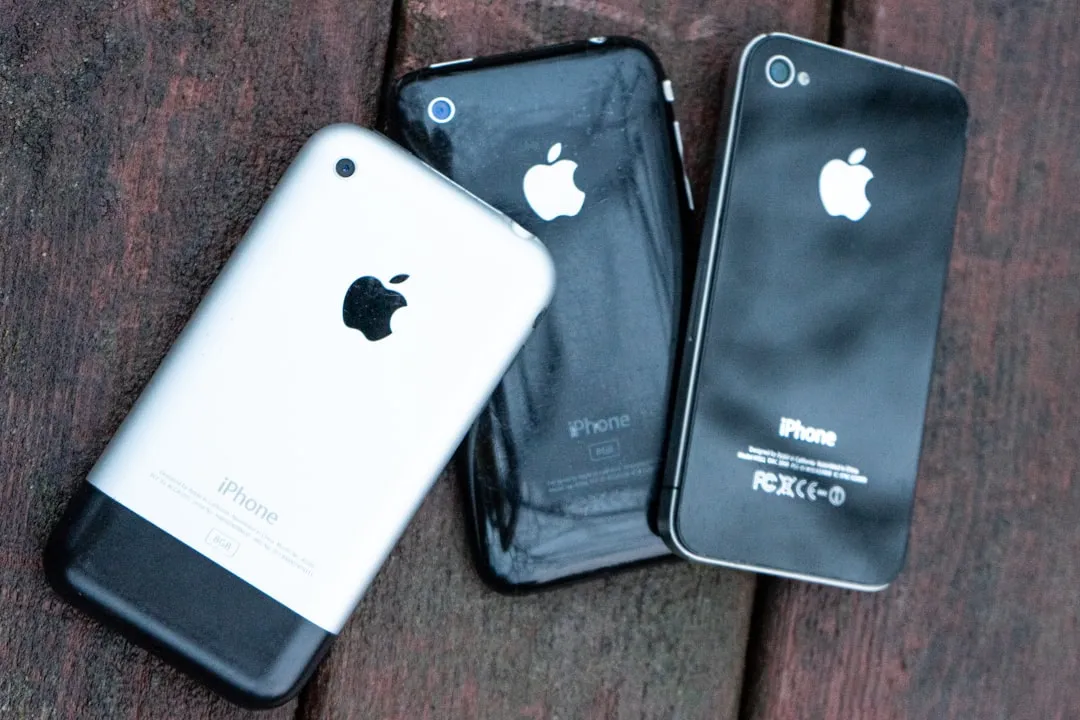


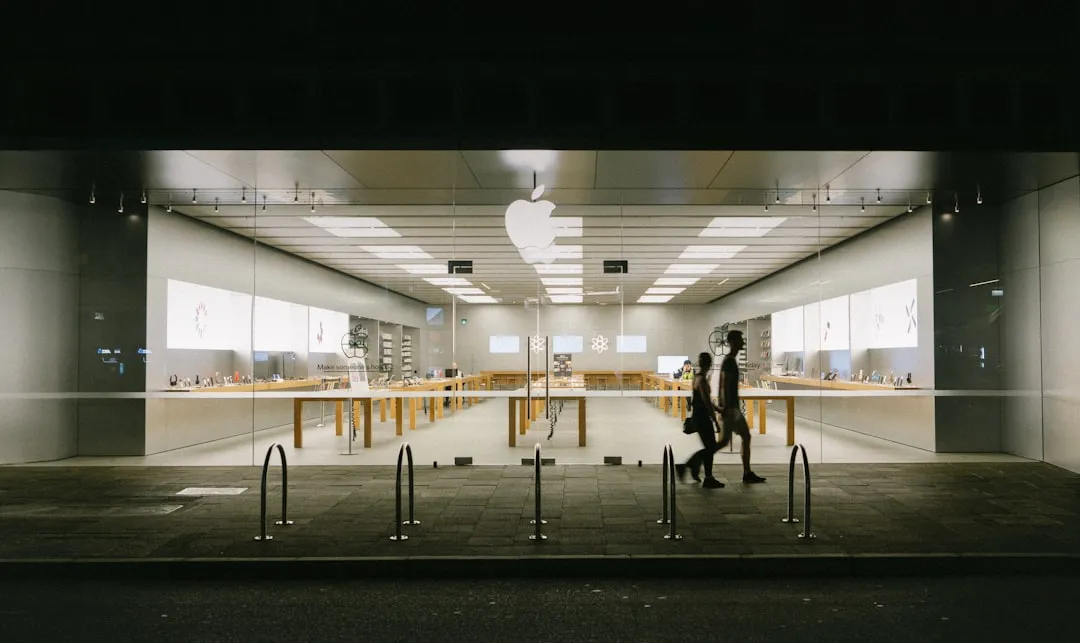
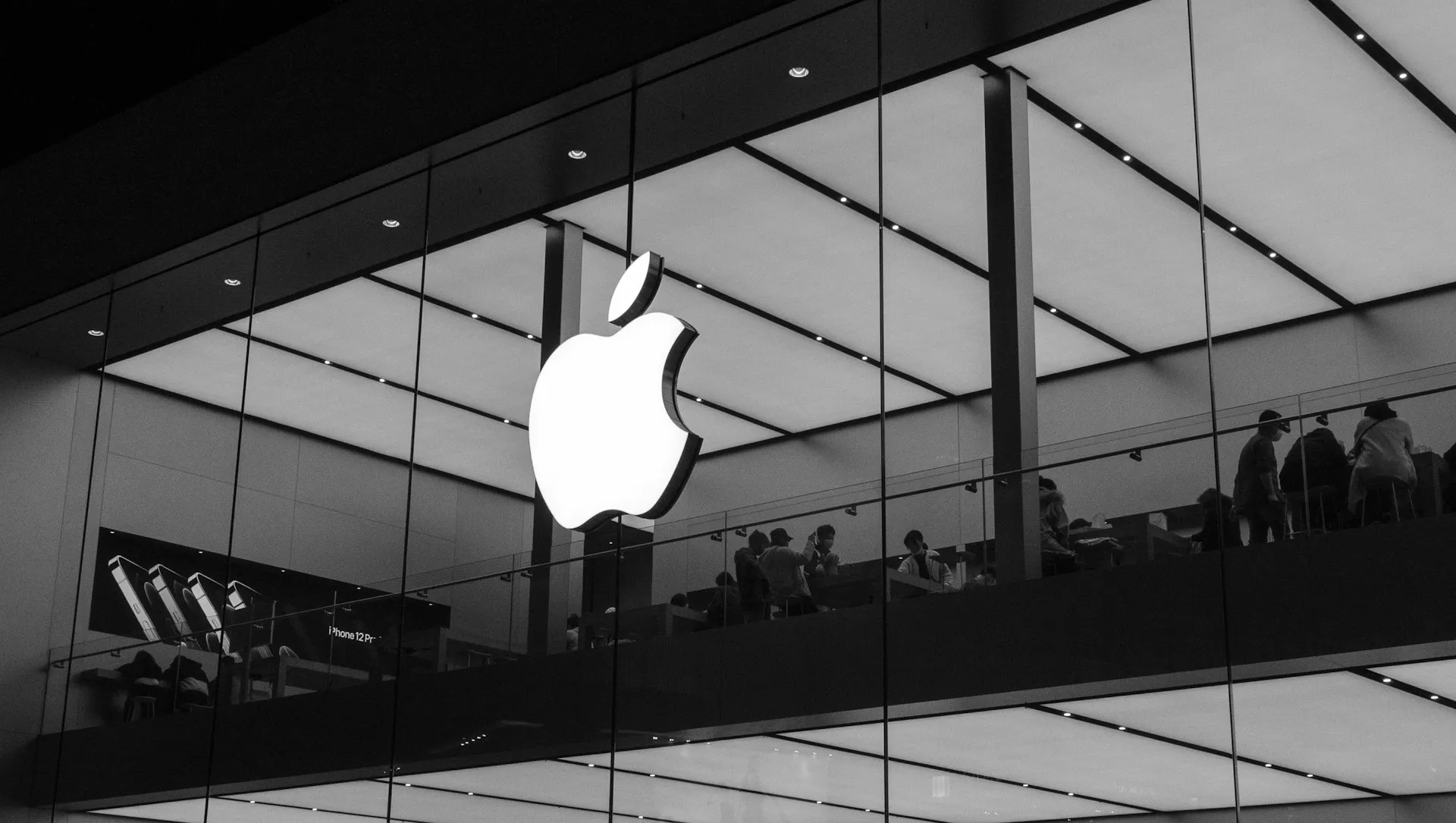
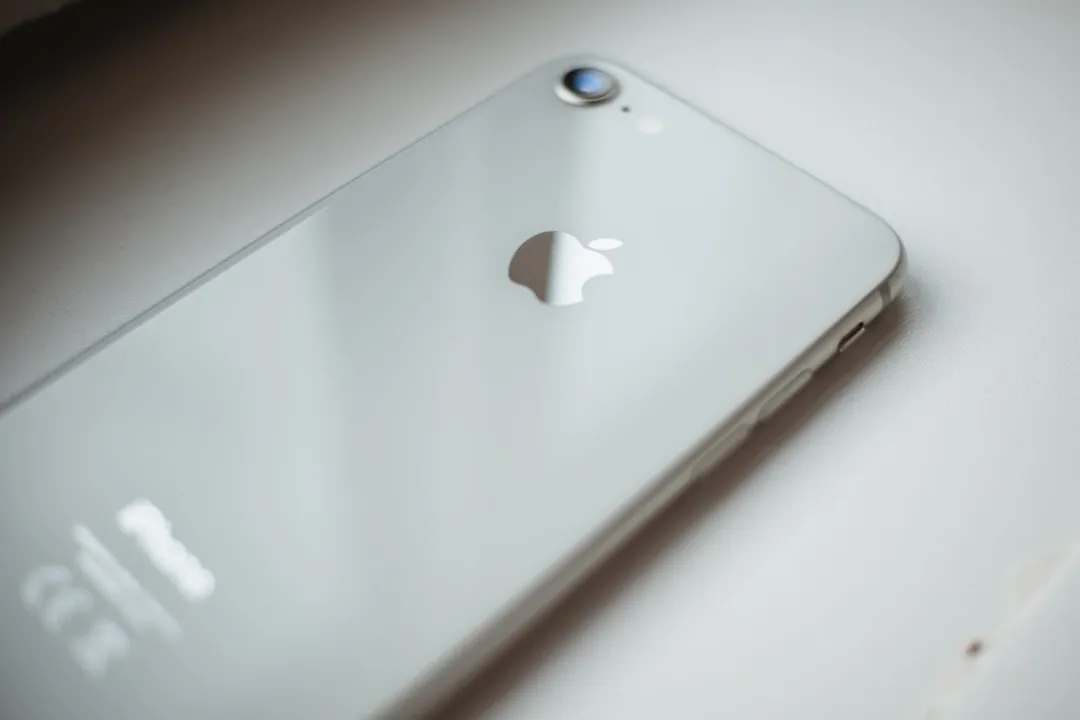

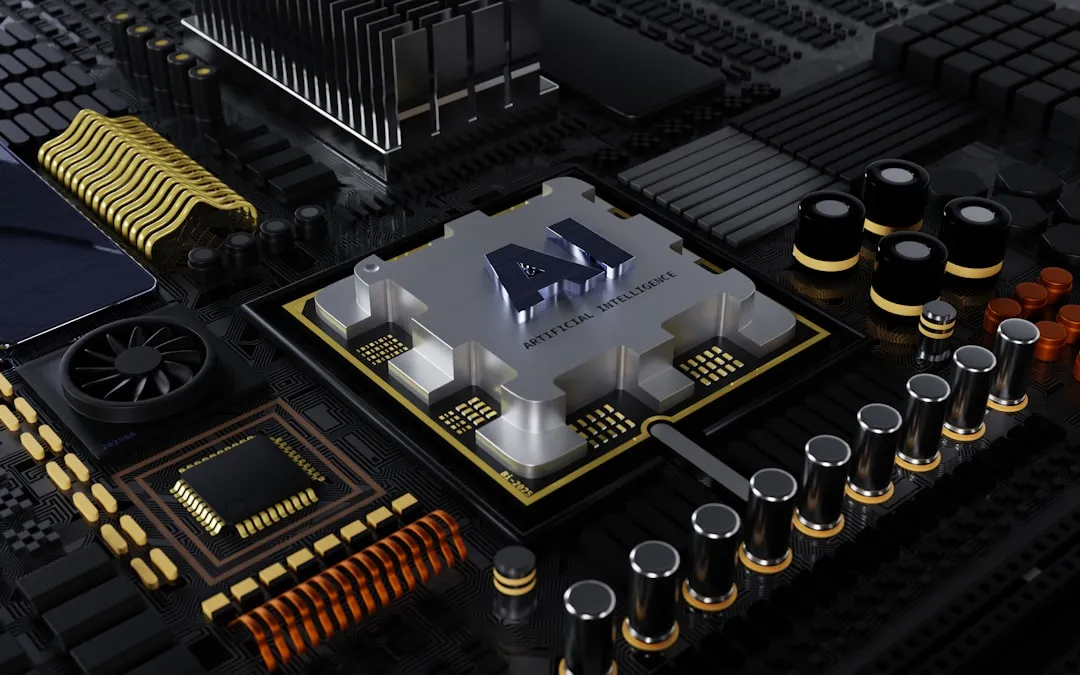
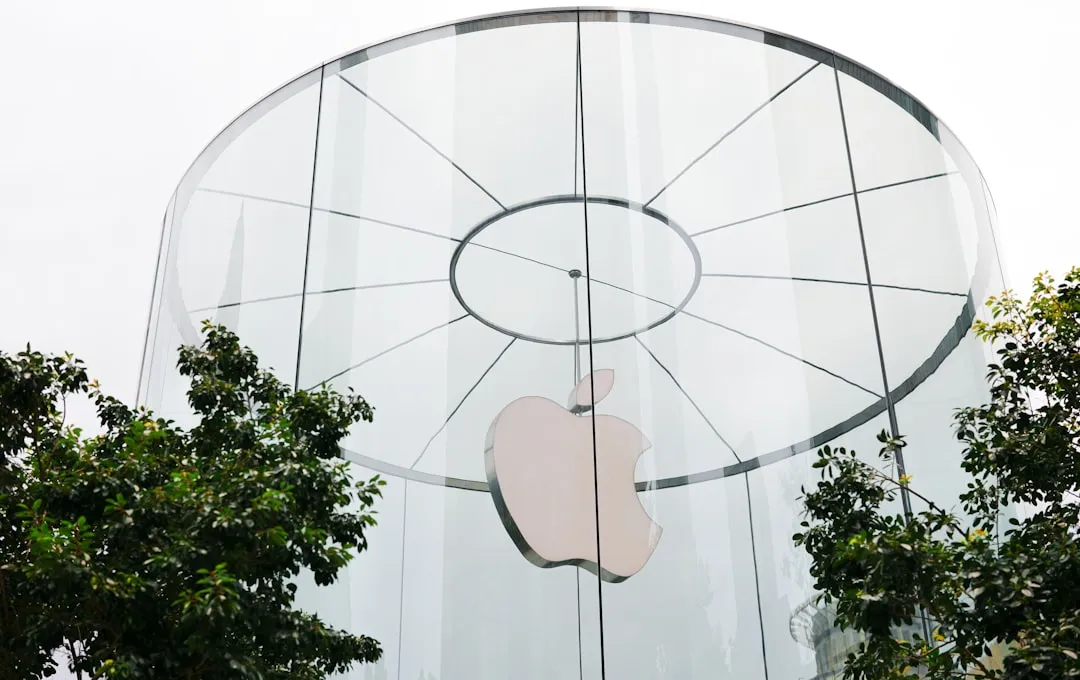

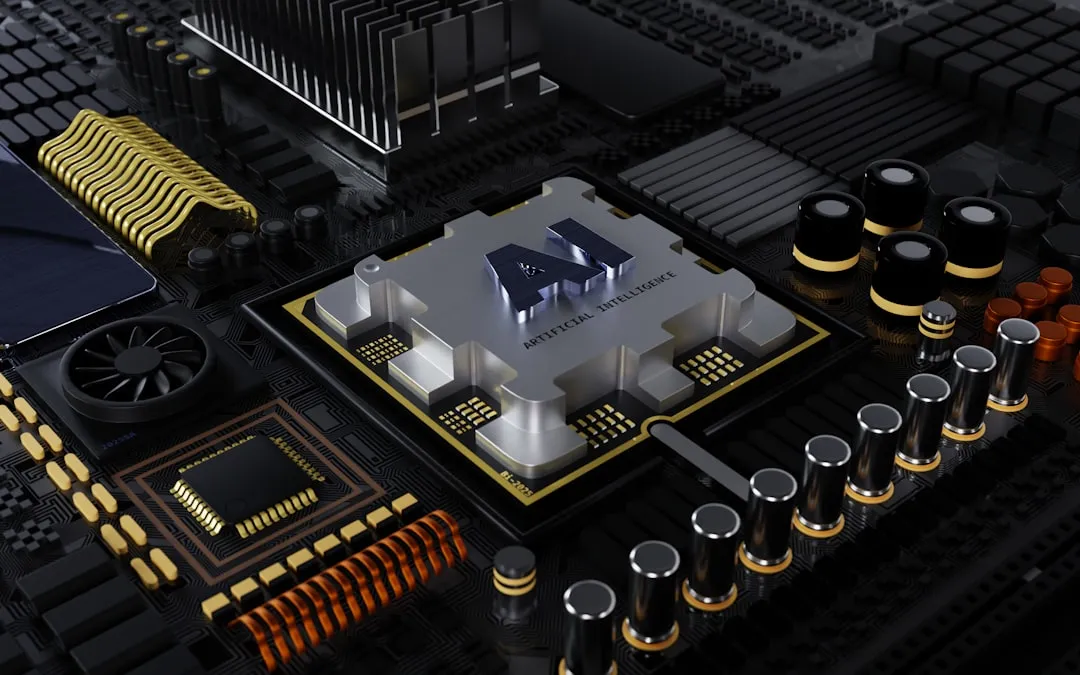



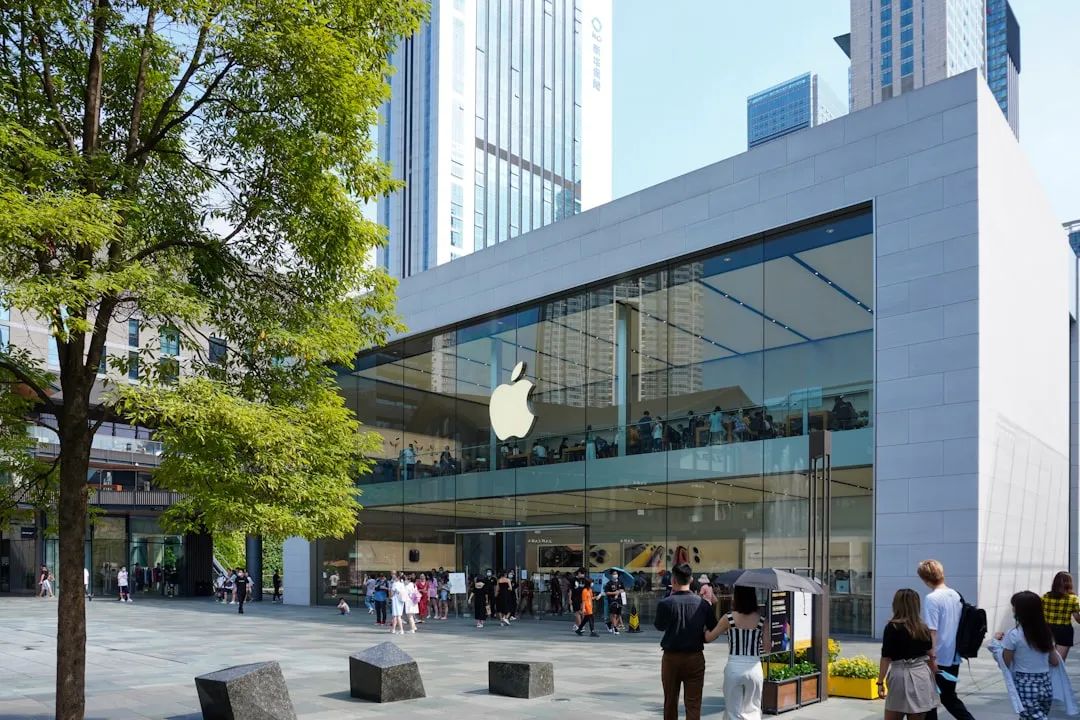
Comments
Be the first, drop a comment!